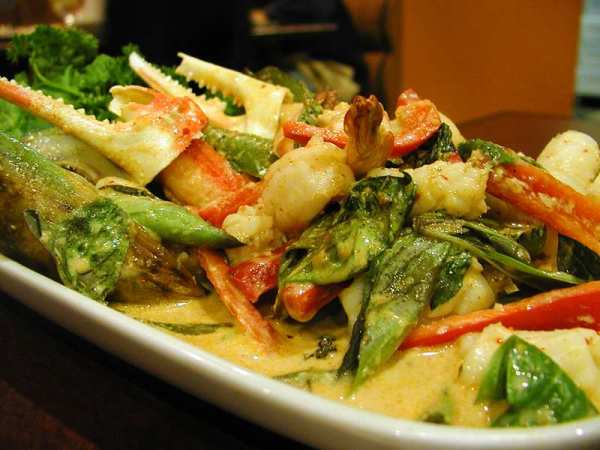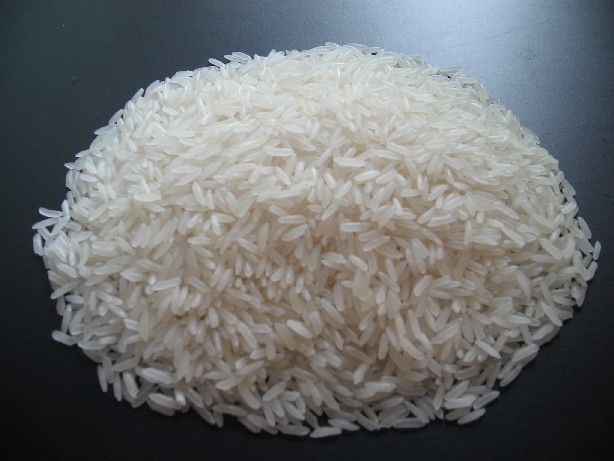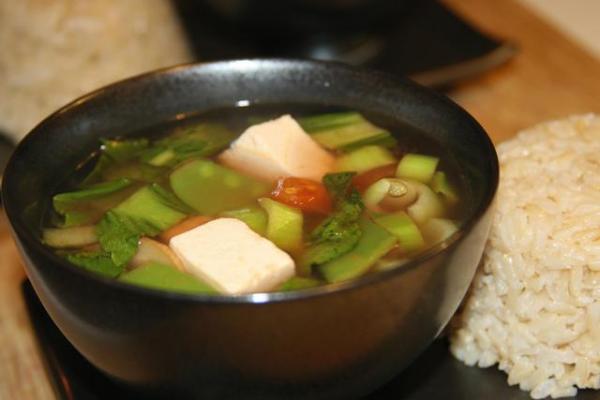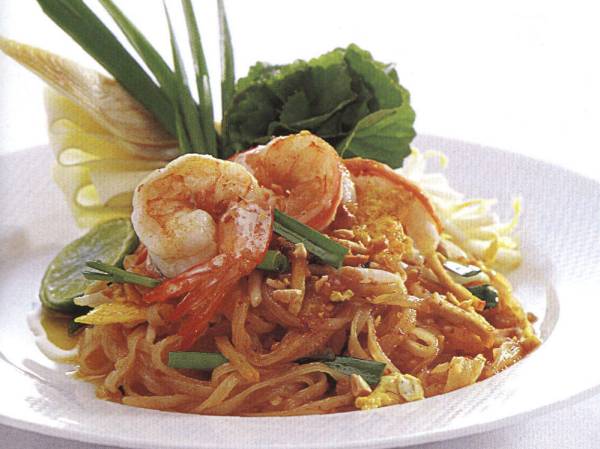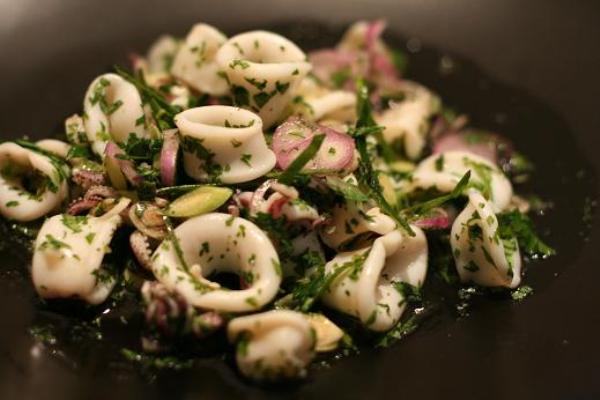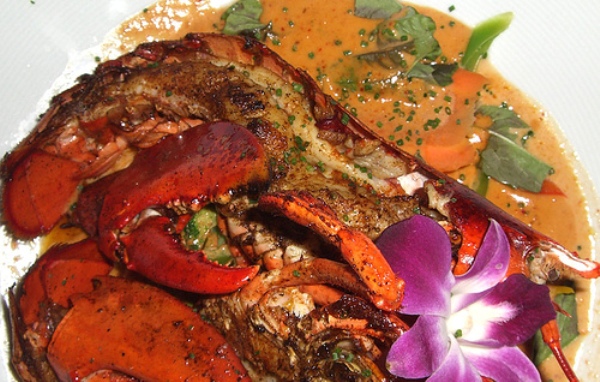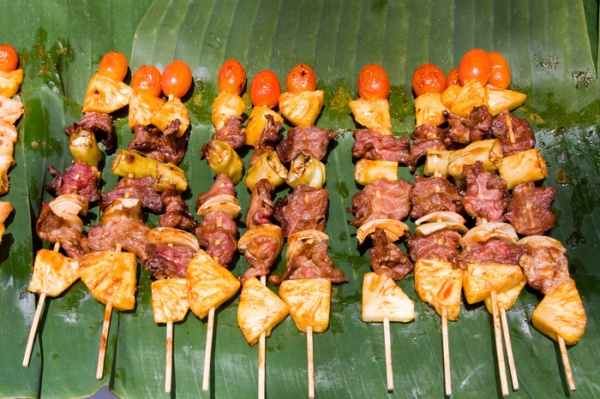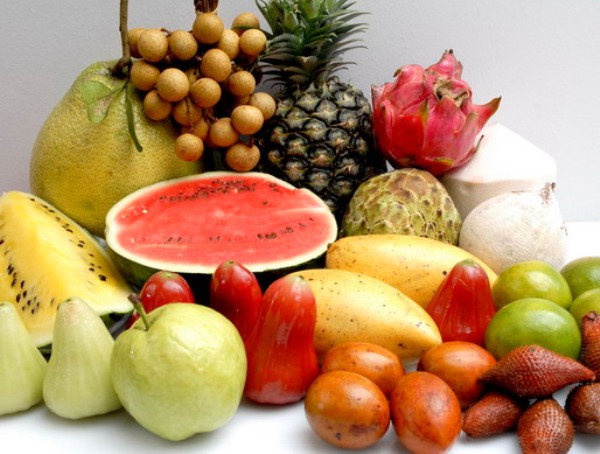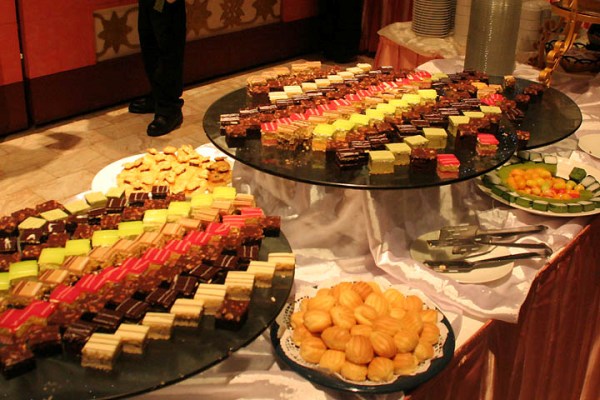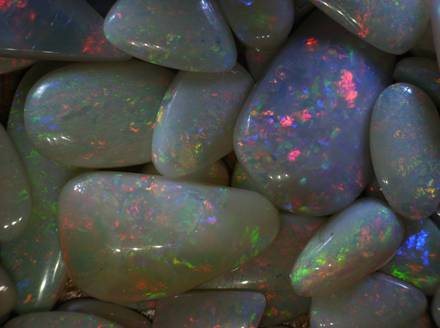Streets of Thai cities resemble an endless counter of the fast-food restaurants. To thoroughly explore the local cuisine, you can never go into a cafe – just walk around the city. Thais eat on the streets, always and everywhere, and to get to know this country is simply to join them.
From the perspective of Europeans, it looks disgusting: the pavements are dozens and even hundreds of open shelves, trolleys, which are piled up with tons of food from the fat-like tapeworms noodles to fried cockroaches and scorpions. It seems that there reigns of terrible sanitary conditions, and insects are bred themselves. However, it is not so: in Thai streets are almost no more dangerous than in European cafes.
Thais have a cult of purity and they are paying much attention to personal hygiene. Traders are pretty neat, and severity of food often plays the role of antiseptic. Everything is cooked from fresh ingredients: the climate dictates the conditions – vegetables, fruits, meat and fish spoil quickly, and thus do not stay until the next day. So be sure: the street food is no worse than a restaurant one, and even fresher than it. Another advantage of such a meal: a lavish dinner is mere only a couple of dollars.
The main argument for such a “fast food” is that the Thais, regardless of age, marital status are eating on the street. Among this quick movement of the plates you can meet residents not only in modest means of clothes, but neat clerks, and even certain gentlemen dressed up fine wearing fabulously expensive watch on his hand. So let’s say that tourist are not going to be some kind of exception.
True, there is one problem – to understand what lies before you on the counter. The traders understand English only in the capital, and thus it is unlikely to have that much of free time to learn thousands of names of dishes. Therefore, the easiest way: just show the seller a finger at all that you want to try. And this is another advantage of the street in comparison with the restaurant, where, at best, you will be brought a menu with pictures. And so that at least some understand what is being sold on Thai streets. And now we are going to share our Thai cuisine knowledge with you.
Rice
What kind of Asian food without rice! If you really have plans to dive into the tasting Thai dishes, please be sure to get a bowl with simple boiled rice, which will help you to bind other dishes if they turn out to be unexpectedly sharp. On the streets you will find quite a few dishes, reminiscent of risotto. Especially popular is the rice with chicken and pork. And be sure to buy rice baked in banana leaves and filled with its fragrance. In appearance it is a bit like Asian dolma dish – having somewhat dark-green envelopes. Leaves themselves are not for eating!
Soup
What is that odd cloudy liquid pouring from the huge boilers? Those are real Thai soups: chicken, shrimp, mushrooms – all in coconut milk, with fish sauce and lemongrass. Why not to try this unique simultaneously sharp and sour soup which simply attracts with the pleasant splendor? But make sure to be able to get them through your throat: these soups are very sharp.
Noodles
In Thailand, there are countless types of noodles: large and small, egg and rice, dry and in the broth, which remind us the usual soup noodles- at least according to their appearance. The sellers usually collect the noodles and then add ingredients of your choice: slices of shrimp, pork, bamboo shoots. And then everything is being cooked with the help of a special boiling process.
Salads
Let’s say that the Thai traders are specialized in giving up a list of various salads. One of the trays must be devoted to salads. The ambience here is exotic: particularly tasty salad of papaya with fibers pomelo, shrimps and peanuts, and a salad of young bamboo.
Seafood
In addition to rice with shrimps and other marine reptiles, one can often see the whole fish carcass, which is covered with large crystals of salt and roasted on charcoal. One of the strangest food – squid, which is being passed through special rollers. Caution! These dishes are very salty.
Barbecue
Proponents of hygiene can celebrate it: the magnificent heat treatment to all kinds of barbecue on wooden skewers and kebabs is guaranteed. Usually on skewers they string up chicken, beef and mutton. However, at times to find out more detail of what is being cooked among the list of meat food, can not be done without the knowledge of Thai dialect. So it is the case when you can rely only your own eyes and surely intuition.
Fruit
Thailand is full of fruit. Counters are bursting with ripe mango, pineapple, watermelon, rambutan, mangosteens, papayas and passion fruit. You just need to poke a finger at the one you like and right before your eyes the fruit will be cleaned and then be sent into the blender or juicer. Of course, those who are terrified of contagion can buy fruit peeled and washed with boiled water, but even many tourists, relying on their own experience, do not do so.
Insects
Most Europeans are ready to eat insects, just dying of starvation or for big win in the reality show. But, in fact, this food is no different from the usual chicken or beef to us, but it has more protein and less fat. If you plan to start up with some kind of exotics you should start with the larvae of silkworms. They are soft and thus in the mouth they feel similar to oysters, and the taste is just like lentils. Did you decide to go for water cockroaches or beetles, predaceous diving beetles? And I do not fear: they pre-overdone-fried, and therefore completely tasteless and crackle in the language, like an egg shell.
Sweets
That’s really where to relax and not to fear the severity of chili, so this is a tray of sweets. Usually, Thai desserts are very nice and have delicate taste. You will meet biscuits, and candied fruit, and tiny, delicate pink, light green, lemon cakes from the bean mass with coconut milk and cooked in the same coconut milk and bananas.
If you are still afraid of germs, you will have to come to the aid of thermal treatment: buy only what is cooked over a fire in your eyes.

